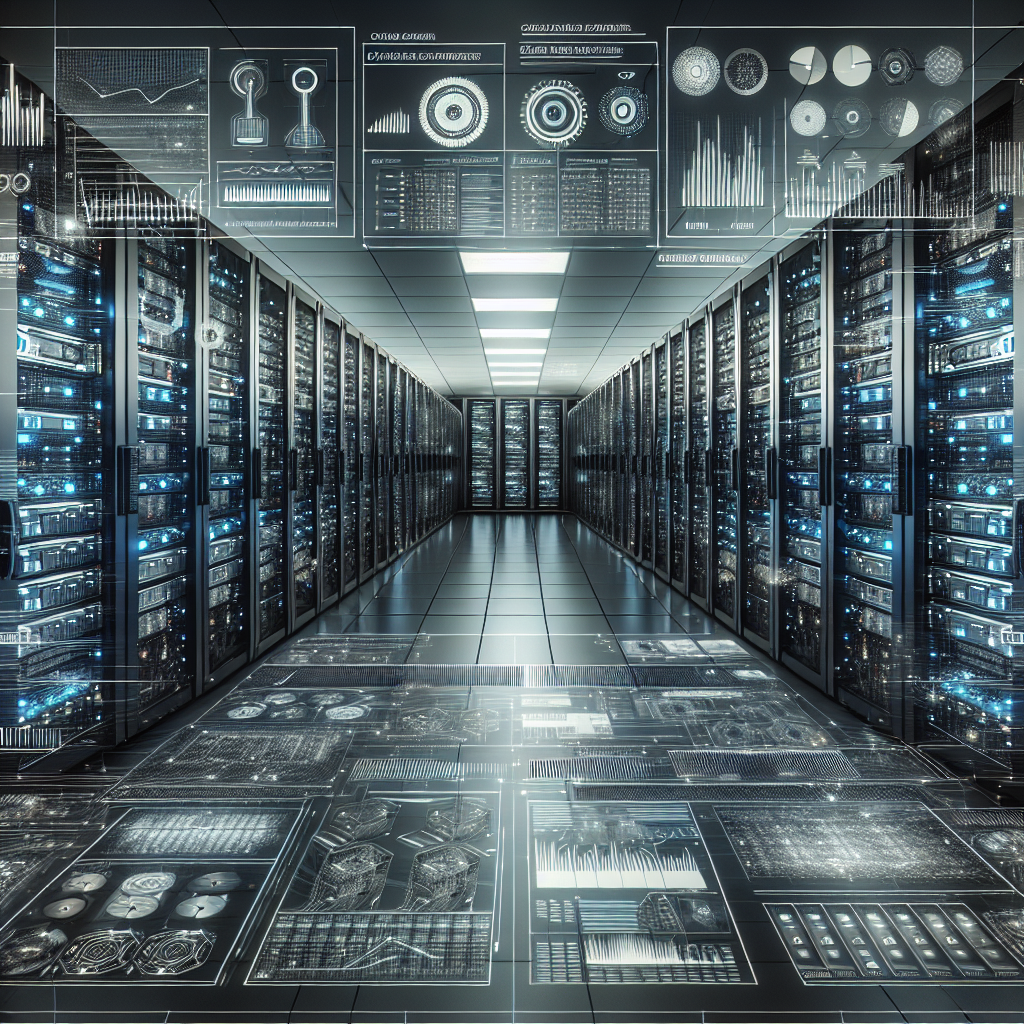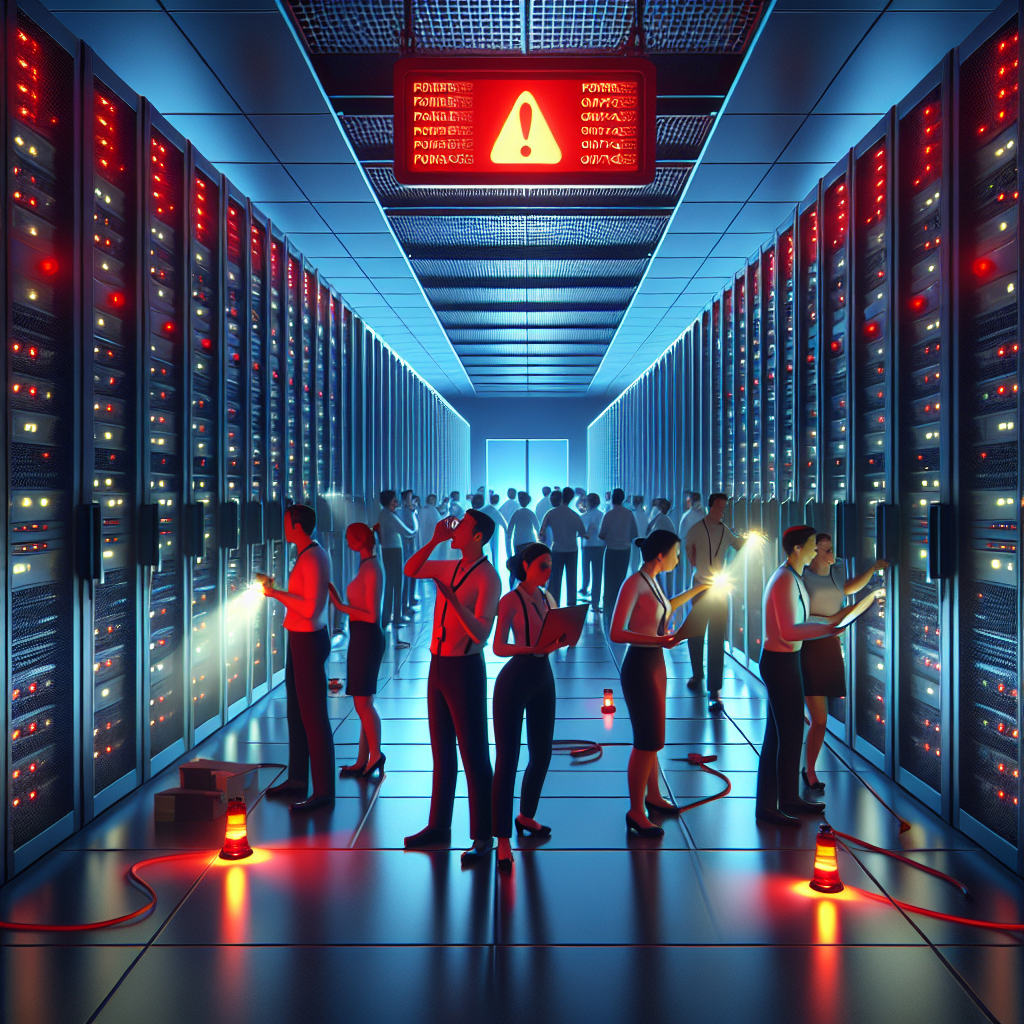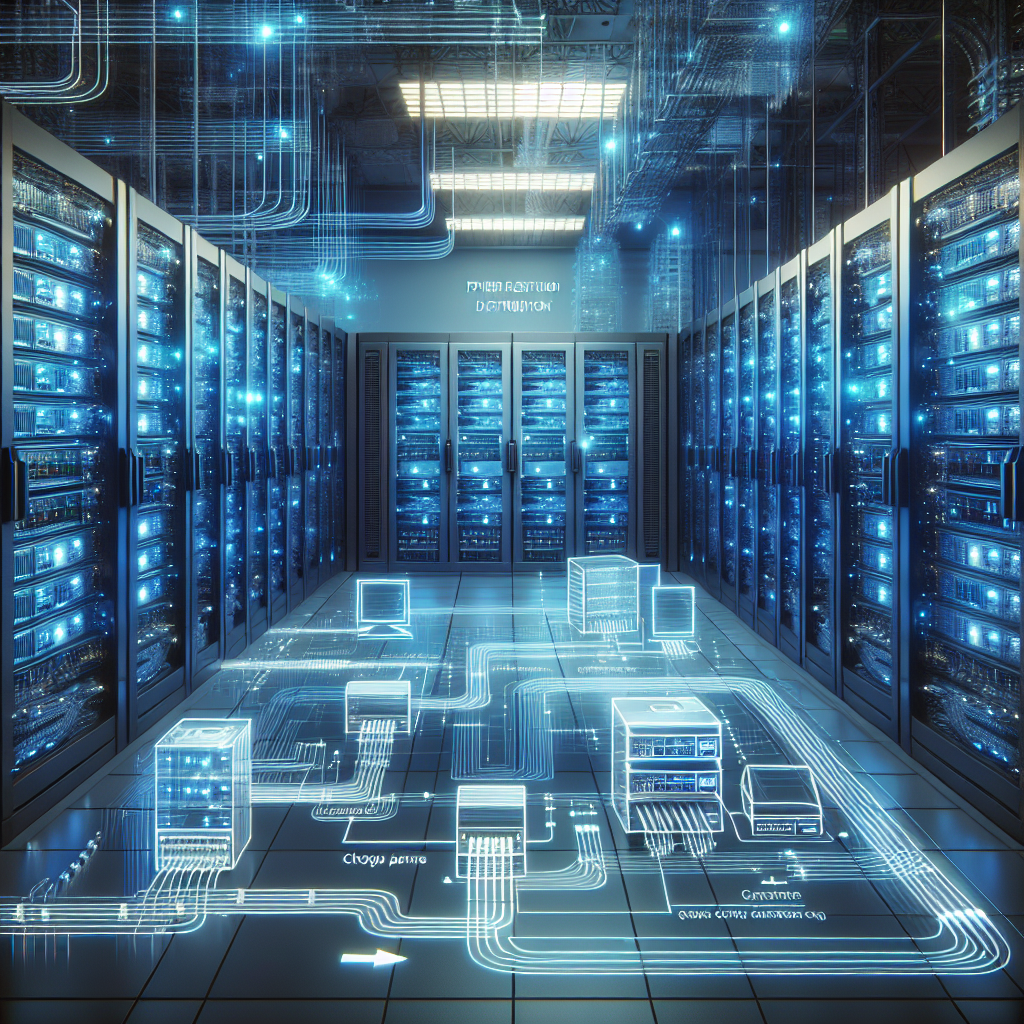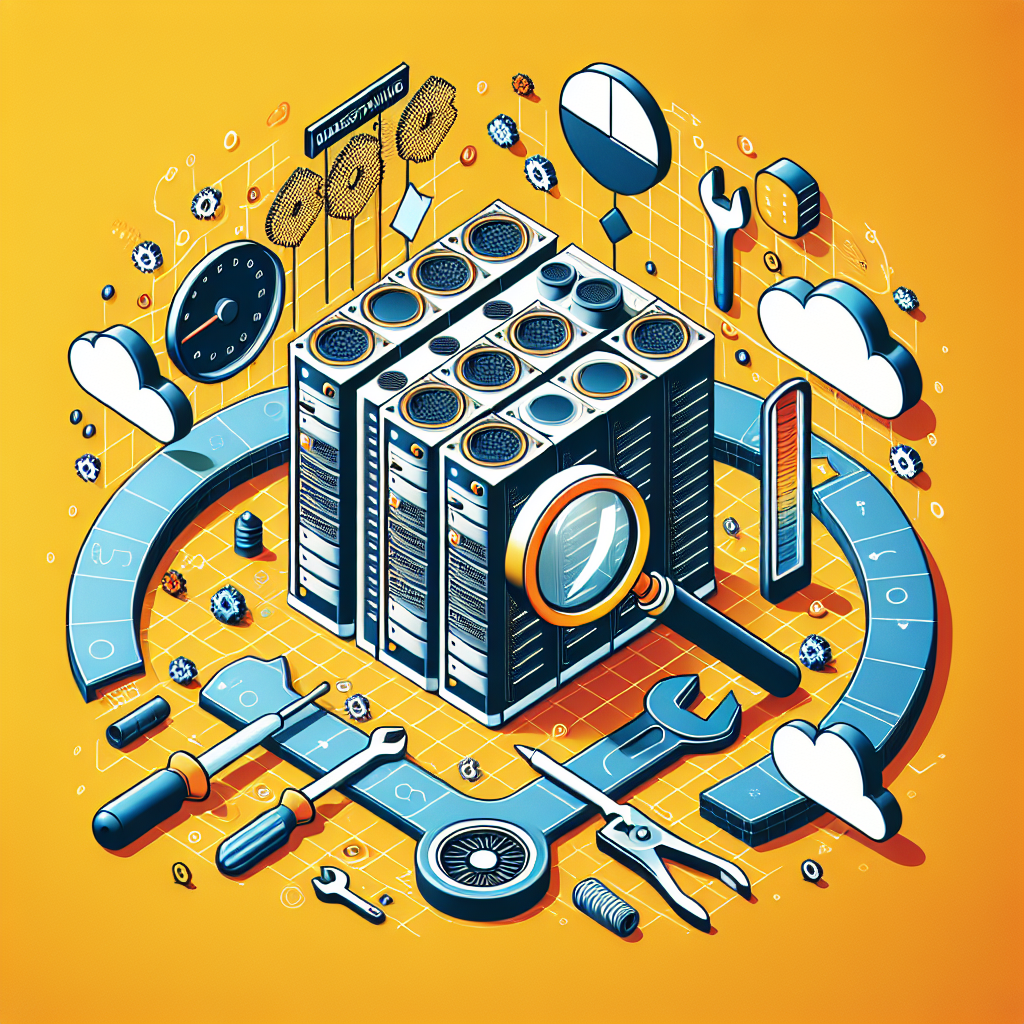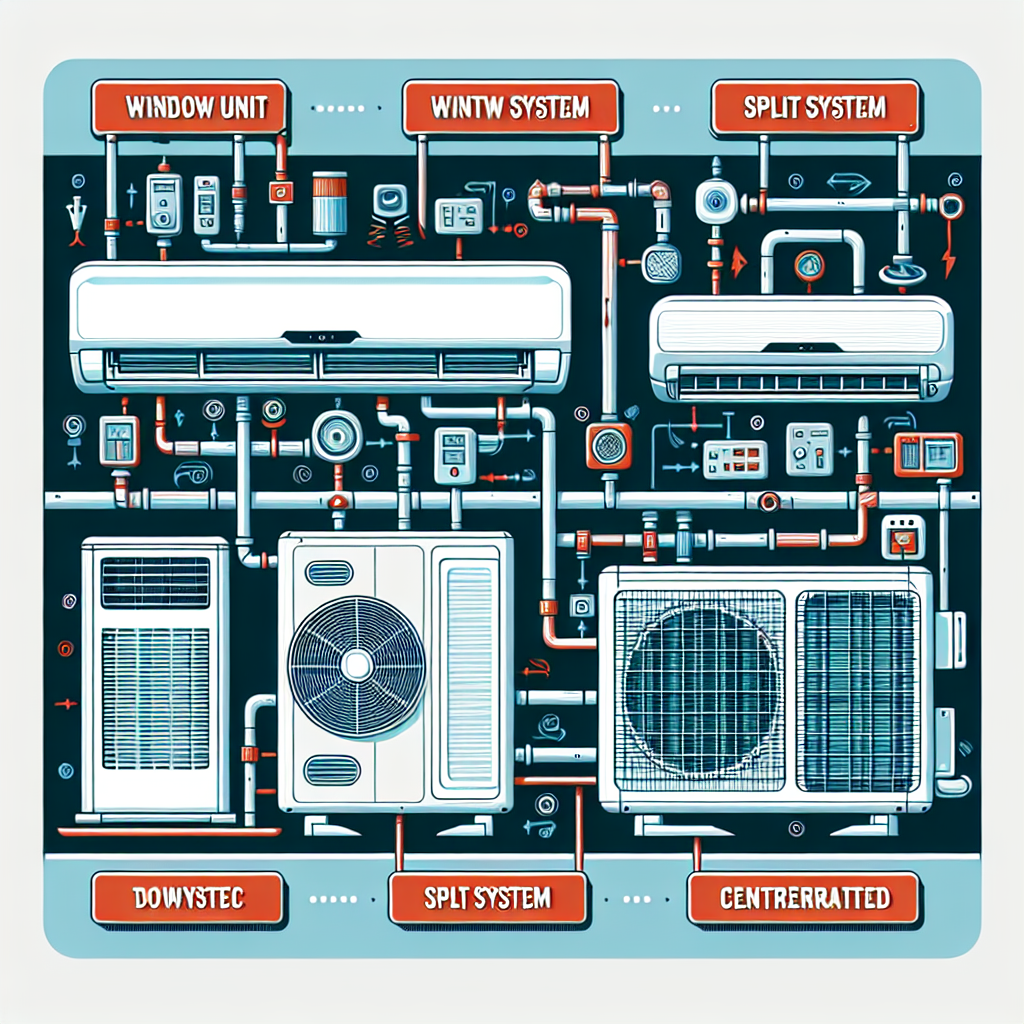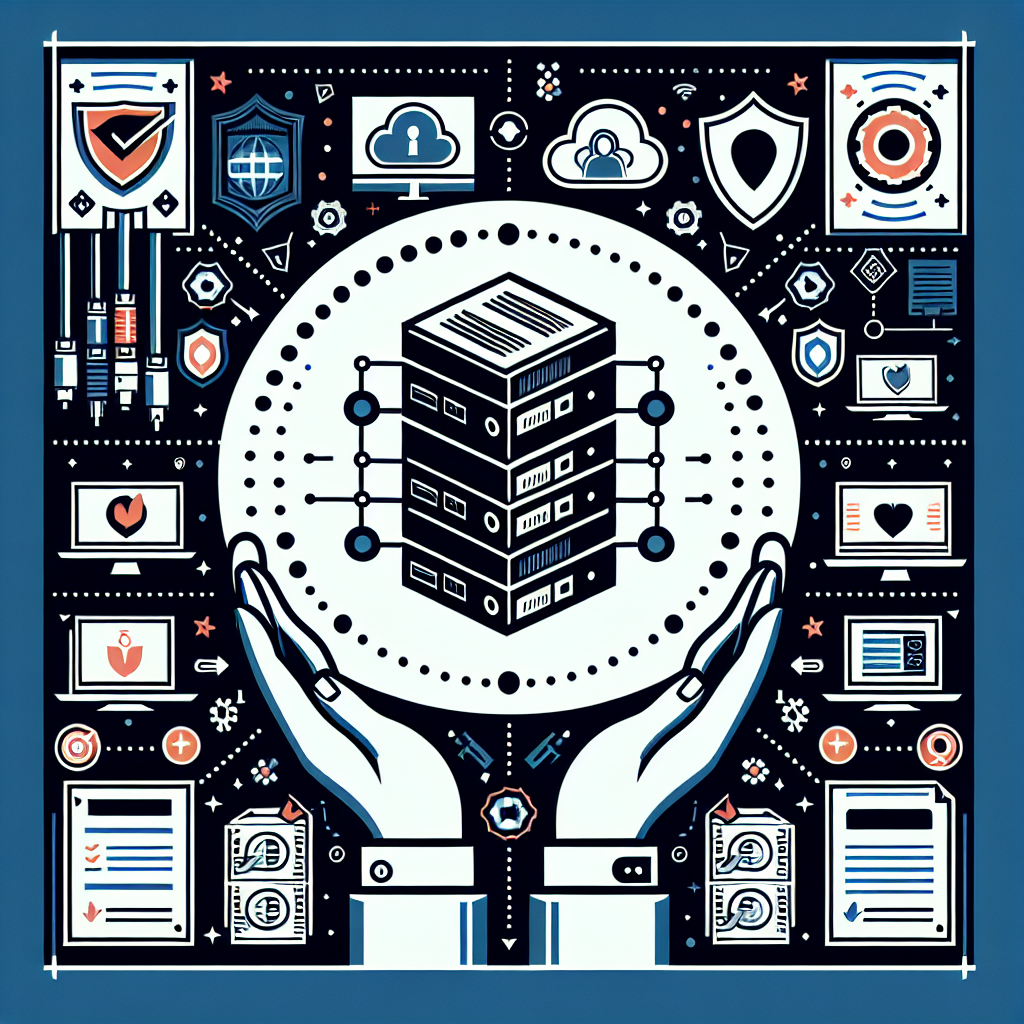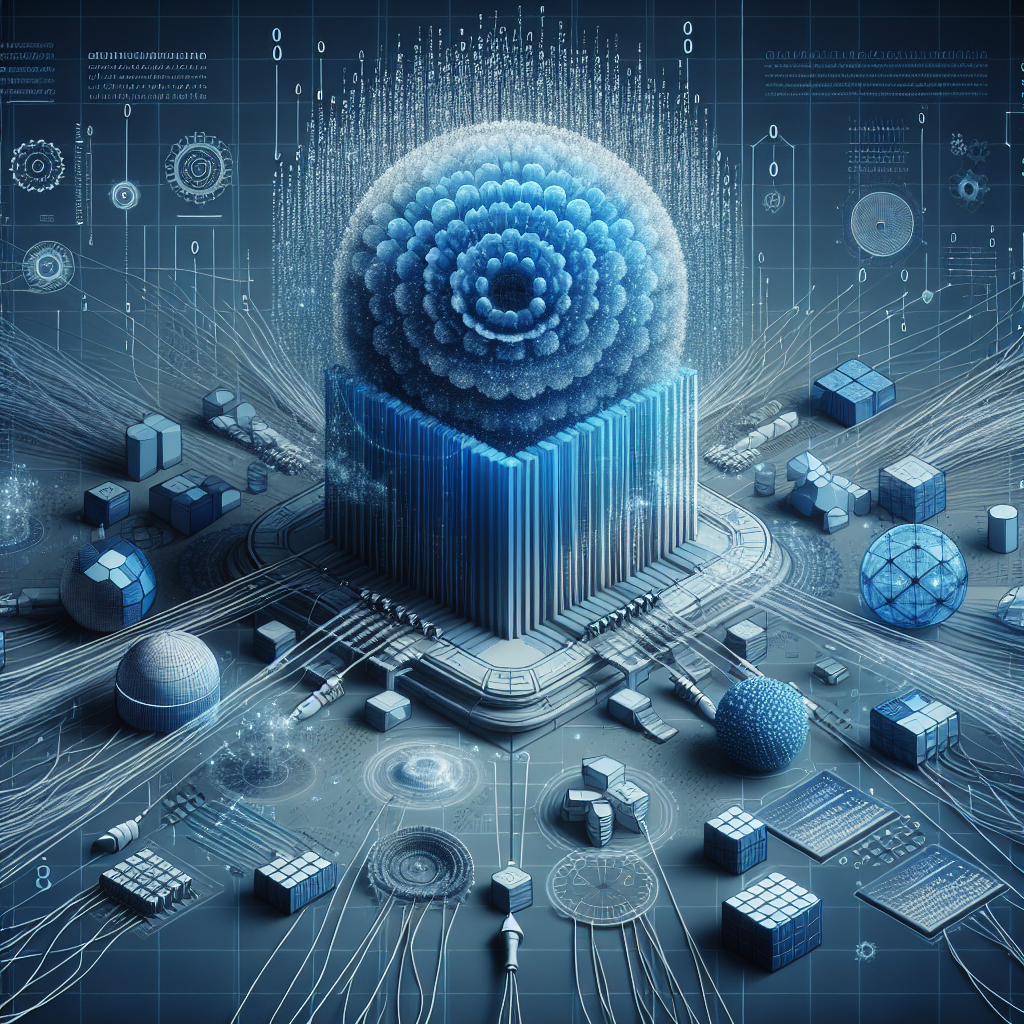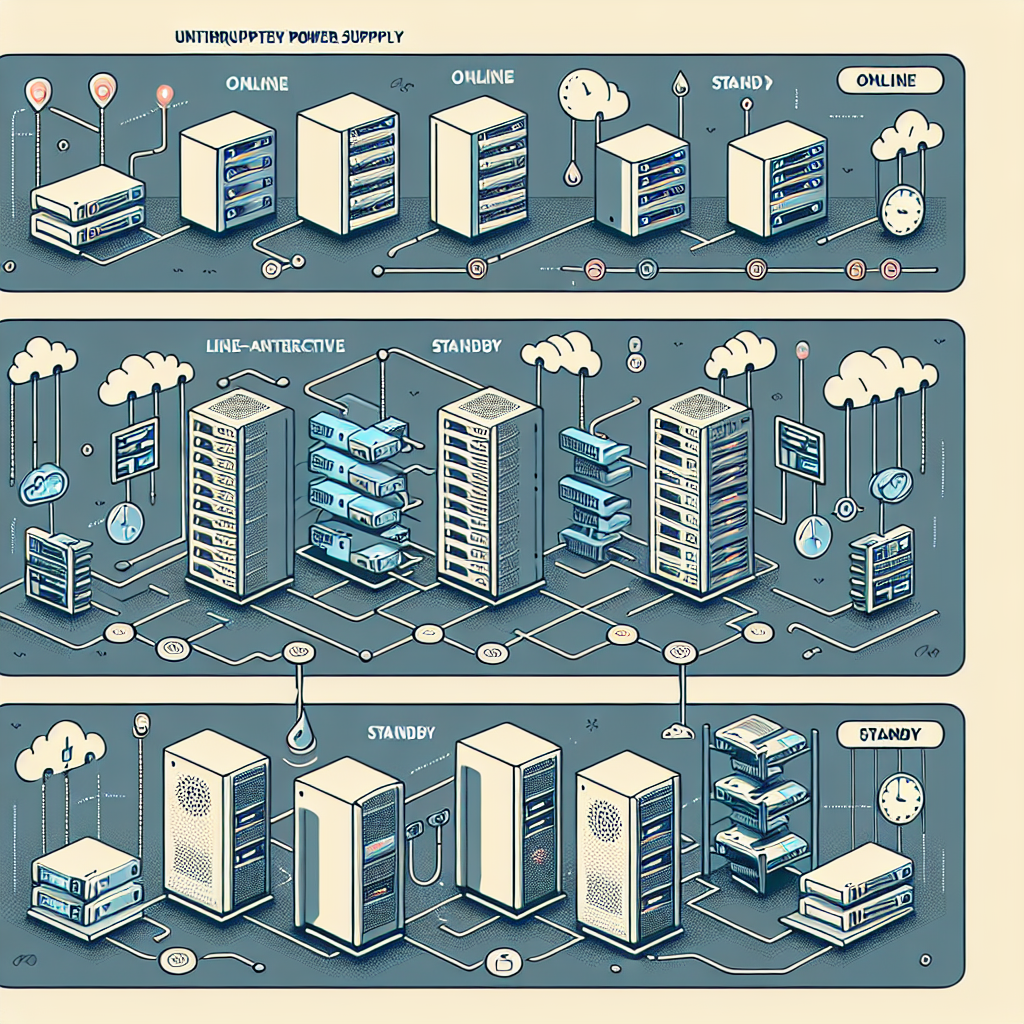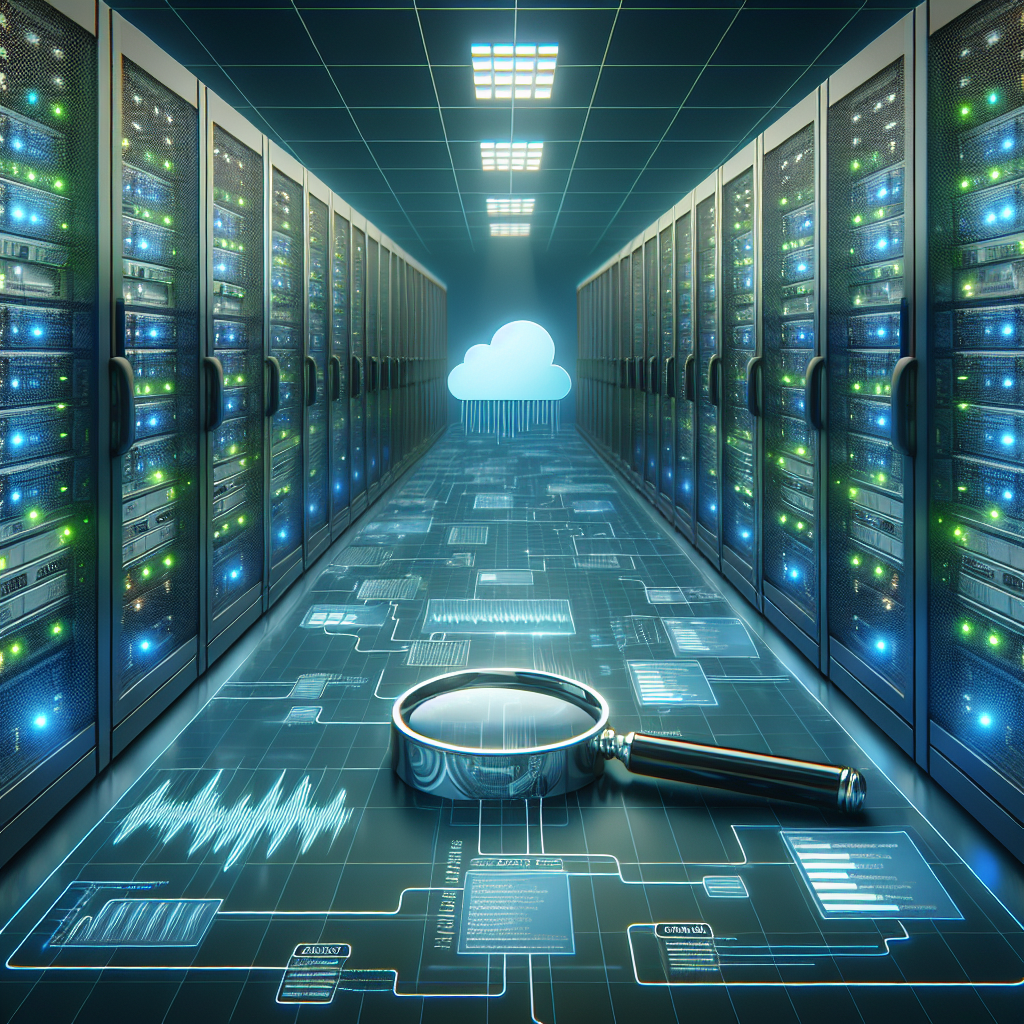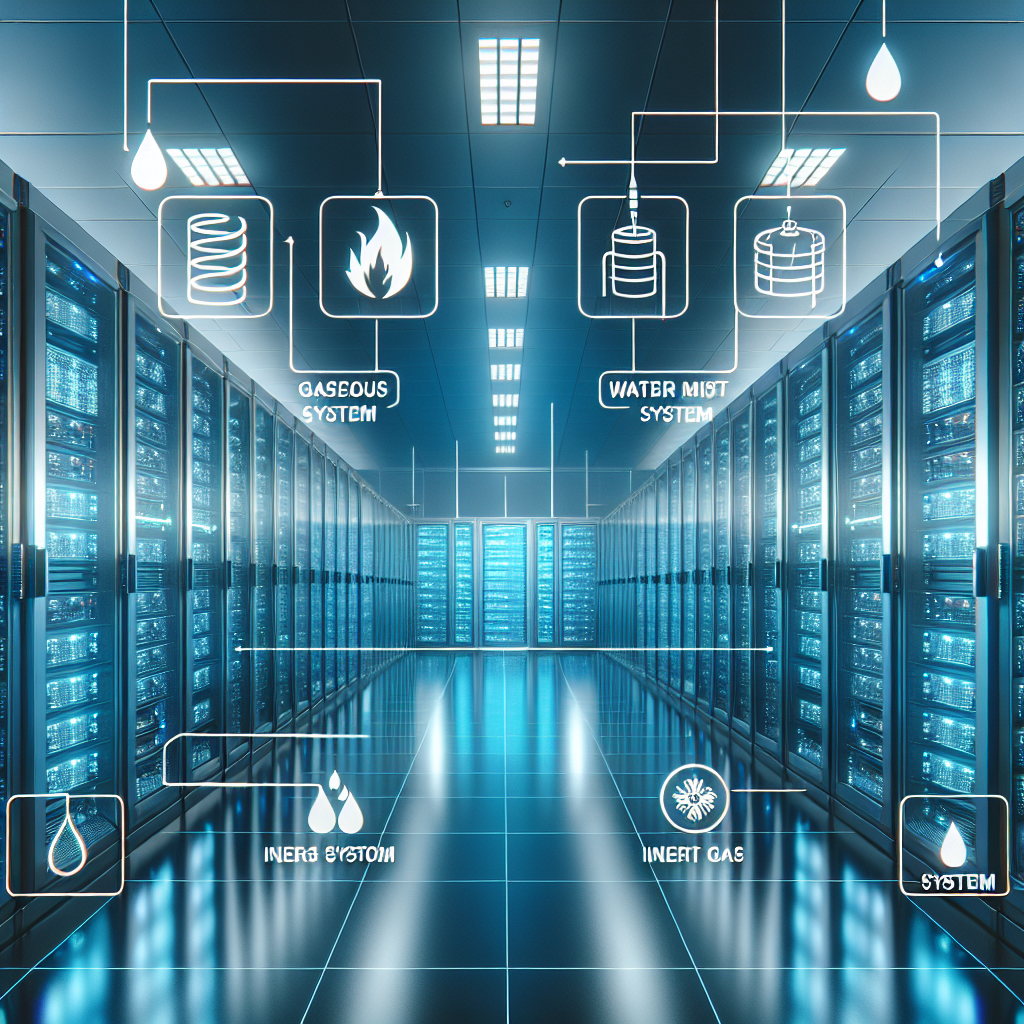Data centers play a crucial role in today’s digital age, serving as the backbone of organizations’ IT infrastructure. With the increasing reliance on technology and data, it has become essential for businesses to ensure the optimal performance and efficiency of their data centers. One way to achieve this is through data center monitoring, which involves tracking key metrics and performance indicators to identify potential issues and optimize operations.
Key Metrics for Data Center Monitoring
There are several key metrics that organizations should track to effectively monitor the performance of their data centers. These metrics provide insights into the health, efficiency, and capacity of the data center, helping IT teams to proactively address any issues that may arise. Some of the key metrics include:
1. Power Usage Effectiveness (PUE): PUE is a metric that measures the efficiency of a data center in terms of how much power is used for IT equipment compared to the total power consumed by the facility. A lower PUE indicates a more efficient data center operation.
2. Cooling Efficiency: Monitoring the temperature and humidity levels in the data center is crucial for ensuring the optimal performance of IT equipment. Cooling efficiency metrics such as the Delta T and return air temperature can help identify potential cooling issues.
3. Server Utilization: Tracking server utilization metrics such as CPU usage, memory usage, and disk I/O can provide insights into the performance of individual servers and help optimize resource allocation.
4. Network Performance: Monitoring network performance metrics such as latency, packet loss, and throughput can help ensure the reliability and speed of data transmission within the data center.
Performance Indicators for Data Center Monitoring
In addition to key metrics, organizations should also track performance indicators to assess the overall health and performance of the data center. These indicators help IT teams identify trends, benchmark performance, and make data-driven decisions to optimize operations. Some of the performance indicators for data center monitoring include:
1. Availability: Availability is a critical performance indicator that measures the uptime of the data center and the reliability of IT services. Monitoring availability metrics such as mean time between failures (MTBF) and mean time to repair (MTTR) can help ensure high availability of IT services.
2. Capacity Planning: Capacity planning indicators such as server utilization, storage capacity, and network bandwidth utilization can help IT teams forecast future resource requirements and ensure that the data center can meet the growing demands of the organization.
3. Security: Security performance indicators such as intrusion detection alerts, access control logs, and compliance audits can help organizations assess the effectiveness of their security measures and identify potential vulnerabilities.
By monitoring key metrics and performance indicators, organizations can gain valuable insights into the performance and efficiency of their data centers. This data-driven approach allows IT teams to proactively address issues, optimize operations, and ensure the reliability and availability of IT services. Ultimately, effective data center monitoring is essential for organizations looking to maintain a competitive edge in today’s fast-paced digital landscape.
